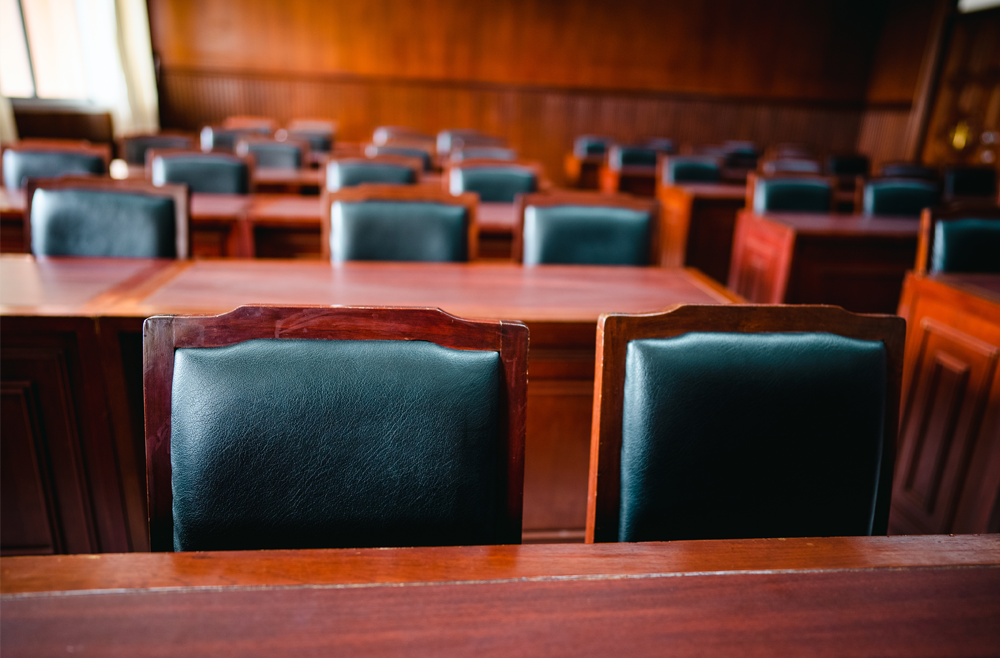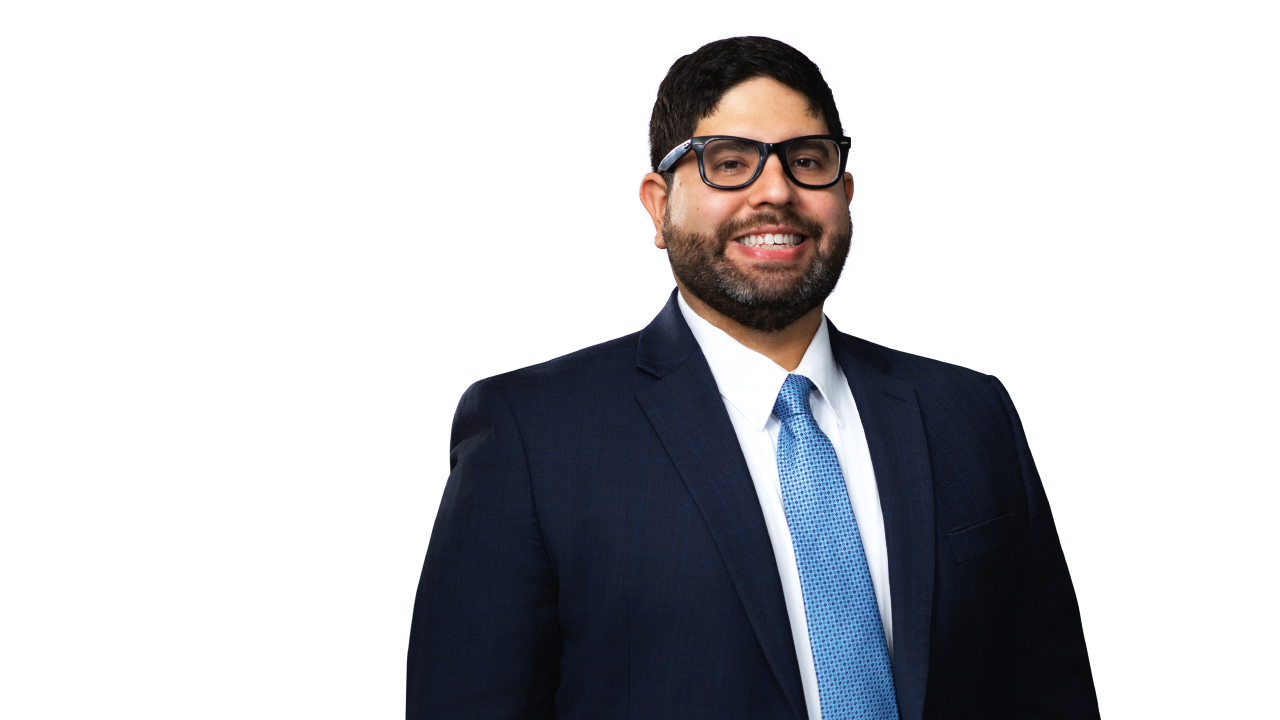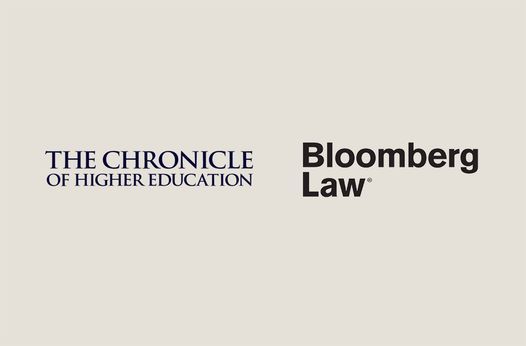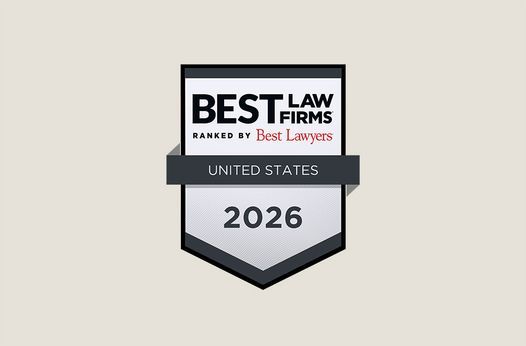Takeaways From Oral Argument in the New York Court of Appeals Review of FAPA Retroactivity
Recently, the New York Court of Appeals heard arguments on the consolidated appeal of two cases that are expected to significantly impact the landscape for mortgage foreclosures in New York. It was certainly a “hot bench” of debate, but it was difficult to gauge how their final decision will come out.
We discussed these two cases, Article 13 LLC and Van Dyke, in our prior blog post concerning the Foreclosure Abuse Prevention Act (“FAPA”). The Court of Appeals is being asked to decide whether retroactive application of FAPA violates the New York and U.S. Constitution. However, there was no substantive discussion of the New York constitutional claims during last week’s argument.
Pending Questions About FAPA Retroactivity
Rather, during argument, the court raised practical concerns about the timeline for foreclosure actions, transfers between the parties to the mortgage instruments, among other things.
We came away from the argument wondering how the court will resolve the following three questions:
-
- In situations where the prior foreclosure action was brought by a party without the proper authority, does Section 7 of FAPA, codified at CPLR § 213(4)(b), give legal effect to what would otherwise be a legal nullity?
- As to Section 7 of FAPA, is the estoppel language sufficient to prevent the note owner/holder from raising claims concerning the prior party’s lack of standing to accelerate the mortgage debt? If that was the intent, why did the legislature not use the word “barred” in the statute?
- Do note owners/holders have a vested right that would be destroyed by applying FAPA retroactively? Do note owners/holders have a vested right in the litigation itself or in a mortgage lien?
The bench was difficult to read. It is possible that the court will carve out an exception in the note owner or holder’s favor for actions brought under CPLR § 213(4)(b) and quiet title actions that involve claims that the prior plaintiff lacked standing to accelerate the mortgage debt.
Chief Justice Rowan Wilson’s Hypothetical Scenario of FAPA Estoppel
During argument, Chief Justice Rowan Wilson inquired as to what the legislature did by using the word “estoppel,” and what estoppel generally constitutes. In doing so, he used a hypothetical of someone without authority (which he initially referred to as a “fraudster” but later changed to “prior note holders” in his hypothetical) filing a foreclosure action and accelerating the mortgage debt, and then the note owner/holder being unable to enforce the note because the prior acceleration ran the statute of limitations period.
The Chief Justice’s hypotheticals certainly highlighted the fundamental unfairness of FAPA’s impact. But it is unclear if his skepticism will carry over to the other Justices. Perhaps the ultimate decision will be narrowed to Section 7 of FAPA without addressing the myriad of arguments that could be raised regarding the other sections of New York law that were amended or added by FAPA.
What’s Next?
-
- A decision (likely consolidated for both appeals) may be issued before the end of the year because one of the cases, Article 13 LLC, involves questions that were certified to the Court of Appeals by the Second Circuit Court of Appeals, which historically results in the Court of Appeals issuing its decision on a quicker timeline. See e.g., CIT Bank N.A. v. Schiffman (decision issued within 49 days of argument).
- If the court does not rule on all the U.S. Constitutional claims, there will likely be litigation going forward in the federal courts (even if the Supreme Court of the United States already denied the U.S. Bank v. Fox certiorari petition).
- And to keep things interesting, a trust recently filed a putative class action complaint against the state of New York in the U.S. District Court for the Northern District of New York seeking to recoup losses caused by FAPA. In response, the state filed a pre-motion letter seeking leave to file a motion to dismiss the complaint on the basis that sovereign immunity pursuant to the Eleventh Amendment of the U.S. Constitution bars the trust’s claims. The case is Brougham Fund I Trust v. State of New York under docket no.: 1:25-cv-1304(MAD/MJK).
Authors
Related Capabilities
Featured Insights

Employment Law Observer
Dec 8, 2025
12 Days of California Labor and Employment: 2025 Year in Review

Press Release
Dec 4, 2025
Hinshaw Recognized by the Leadership Council for Legal Diversity as a 2025 Top Performer

Press Release
Nov 25, 2025
Hinshaw Legal Team Secures Summary Judgment in Gas Station Injury Case

Press Release
Nov 18, 2025
Hinshaw Releases the Third Edition of Duty to Defend: A Fifty-State Survey

In The News
Nov 13, 2025
A Profile on Neil Rollnick: After 57 Years in Practice, He Has No Plans to Retire

Press Release
Oct 22, 2025
Hinshaw & Culbertson LLP Launches New Website and Refreshed Brand







